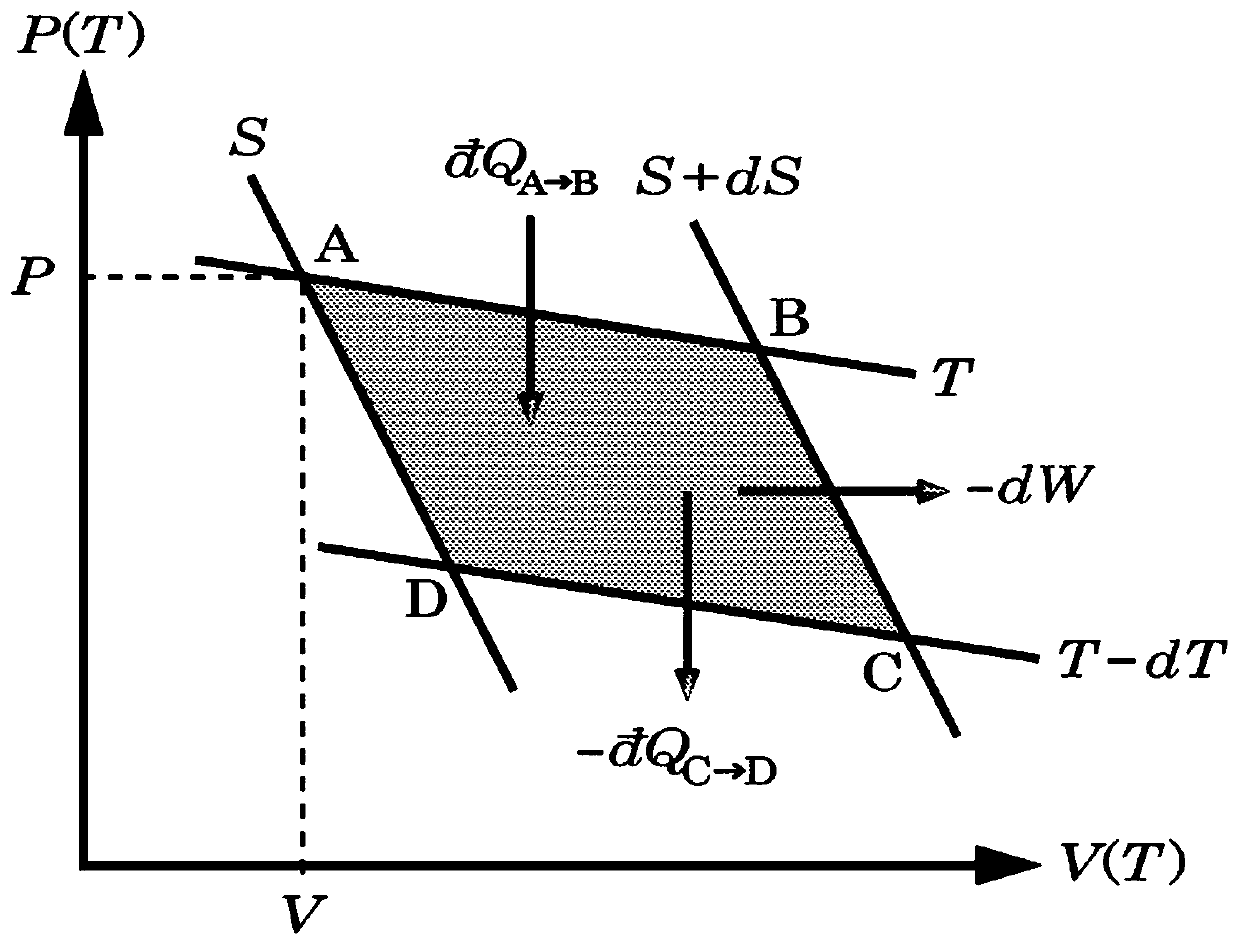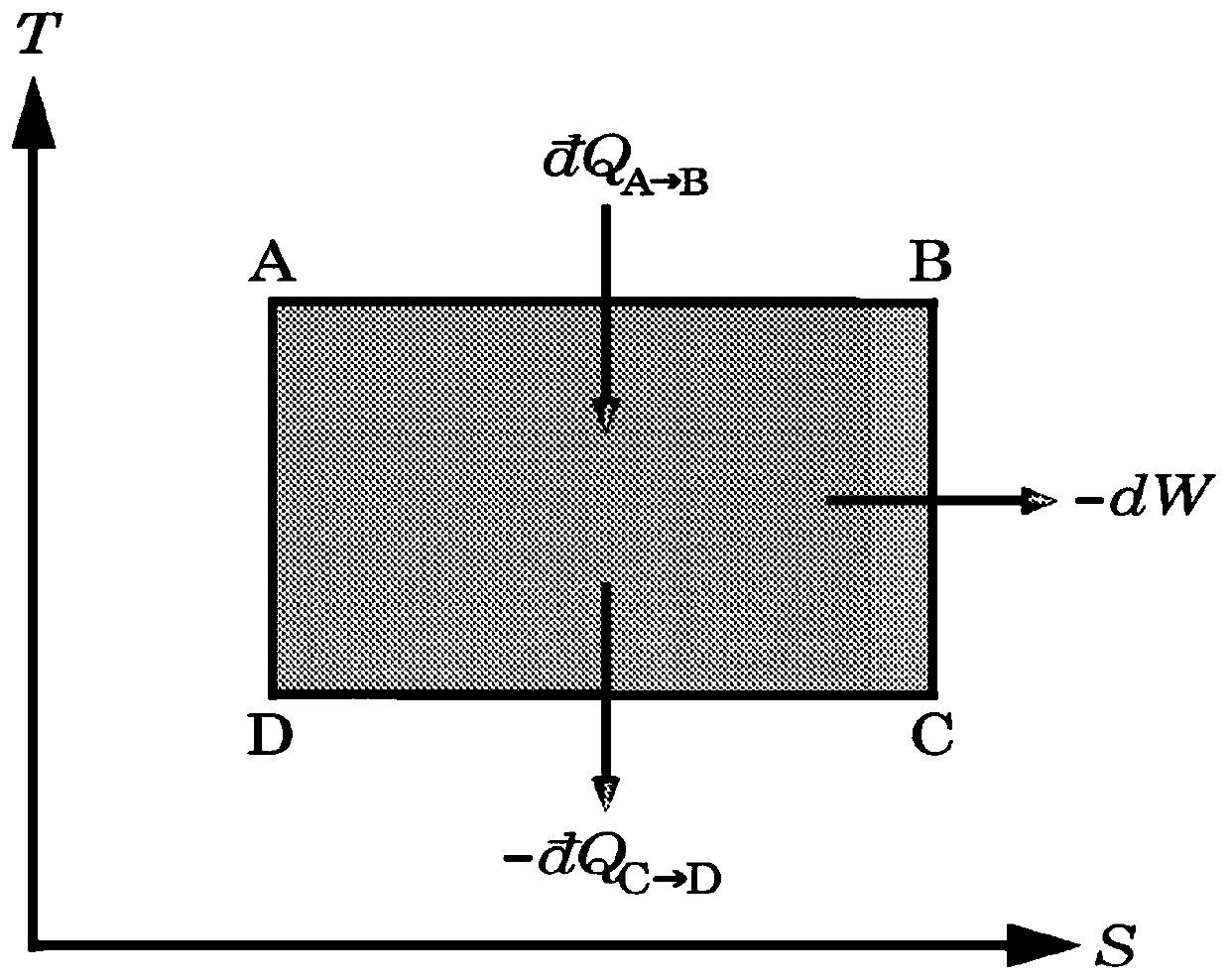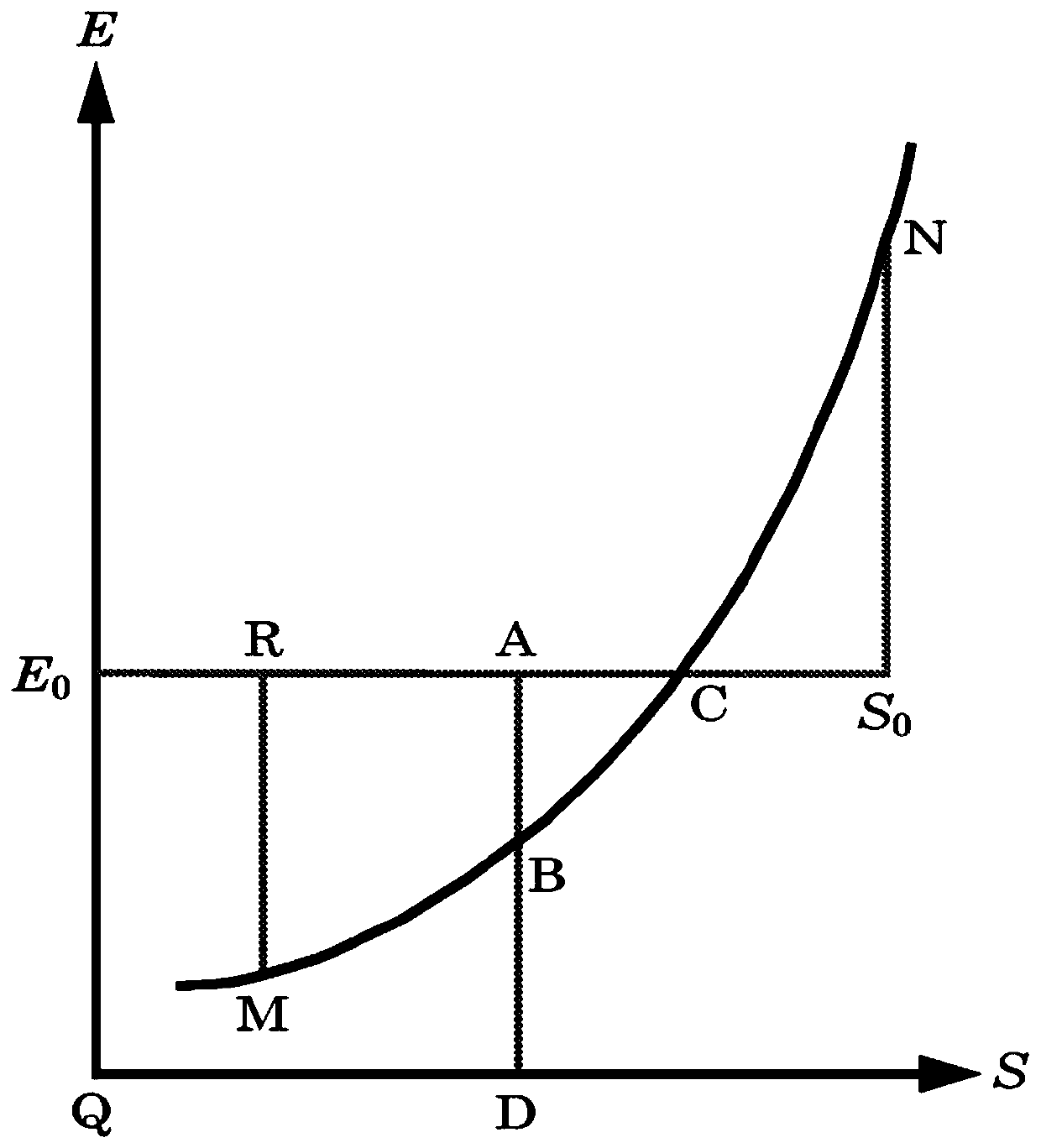Process and manufacture of low-dimensional materials supporting both self-thermalization and self-localization
A technology of batteries and silaborane, applied in the field of low-dimensional materials with quantum phase transition, can solve the problems of inability to establish the physical composition of Planck resonators and hinder the physical insight of condensed matter.
- Summary
- Abstract
- Description
- Claims
- Application Information
AI Technical Summary
Problems solved by technology
Method used
Image
Examples
Embodiment 1
[0398] Phosphorus was diffused into a 100 mm diameter, single crystal (001) p-type silicon substrate 504 with a resistivity of 15 Ω-cm to give a resistance of 8.7 ohms per square as measured by a four-point probe. Oxide was removed from the sample wafer by hydrofluoric acid descumming. The sample was inserted into a rapid thermal chemical vapor deposition (RTCVD) chamber similar to that described by Gyurcsik et al. in "A Model for Rapid Thermal Processing," IEEE Transactions on Semiconductor Manufacturing, Vol. 4, No. 1, 1991, p.9 . After loading the sample wafer onto the quartz ring, the RTCVD chamber was closed and mechanically pumped to a pressure of 10 mtorr. Mixture B of 3 vol% diborane in hydrogen at a flow rate of 364 sccm 2 h 6 (3%) / H 2 (97%) and a mixture of 7 volume % monosilane in hydrogen SiH with a flow rate of 390 sccm 4 (7%) / H 2 (93%) was introduced into the evacuated RTCVD deposition chamber.
[0399] The reaction gas flow rate was stabilized at a pressu...
Embodiment 2
[0403] The procedure described in Example 1 was carried out with two differences: Undiluted nitrous oxide N was introduced at a flow rate of 704 sccm 2 O and double the flow rate of both hydrides. A mixture B of 3 vol% diborane in hydrogen was introduced at a rate of 728 sccm 2 h 6 (3%) / H 2 (97%), a mixture of 7 vol% silane in hydrogen SiH was introduced at a rate of 780 sccm 4 (7%) / H 2 (93%), and undiluted nitrous oxide N was introduced at a rate of 704 sccm 2 O. The steam flow was stabilized at 9.54 torr, then the halogen-tungsten lamp was turned on for 30 seconds and adjusted to maintain the sample substrate 504 at 605°C. Such as Figure 44 Oxysilaborane solid 507 is deposited on donor doped region 505 as shown. The composition of the thin oxysilaboryl solid 507 was evaluated by x-ray diffraction spectroscopy.
[0404] Figure 45 A conventional ω-2θ XRD scan of oxysilaborane solid 507 is shown. Fuzzy diffraction peaks around 2θ = 13.78° and 2θ = 33.07° are charac...
Embodiment 3
[0407] Pyrolysis of boron and silicon hydride was performed by low pressure chemical vapor deposition (LPCVD) in a horizontal resistance heated reactor containing a 5 inch diameter quartz deposition tube on a fixed table. The resistive heating elements are mounted on motorized rails so that the 75 mm silicon substrate can be loaded onto a quartz support in front of the tube at room temperature. Water vapor adsorbed on the quartz wall during sample loading provides a water vapor source for subsequent chemical reactions. A 75mm diameter single crystal (001) n-type silicon substrate 508 with a resistivity of 20Ω-cm was loaded onto a quartz holder in a quartz tube, sealed and mechanically pumped to a base pressure of 30mtorr.
[0408] Such as Figure 47 As shown, by introducing a mixture B of 3 vol% diborane in hydrogen at a flow rate of 180 sccm 2 h 6 (3%) / H 2 (97%) and a 10 volume % mixture of silane in hydrogen, SiH, was introduced at a flow rate of 120 sccm 4 (10%) / H 2 (...
PUM
| Property | Measurement | Unit |
|---|---|---|
| thickness | aaaaa | aaaaa |
| particle size | aaaaa | aaaaa |
| radius | aaaaa | aaaaa |
Abstract
Description
Claims
Application Information
 Login to View More
Login to View More - R&D
- Intellectual Property
- Life Sciences
- Materials
- Tech Scout
- Unparalleled Data Quality
- Higher Quality Content
- 60% Fewer Hallucinations
Browse by: Latest US Patents, China's latest patents, Technical Efficacy Thesaurus, Application Domain, Technology Topic, Popular Technical Reports.
© 2025 PatSnap. All rights reserved.Legal|Privacy policy|Modern Slavery Act Transparency Statement|Sitemap|About US| Contact US: help@patsnap.com



